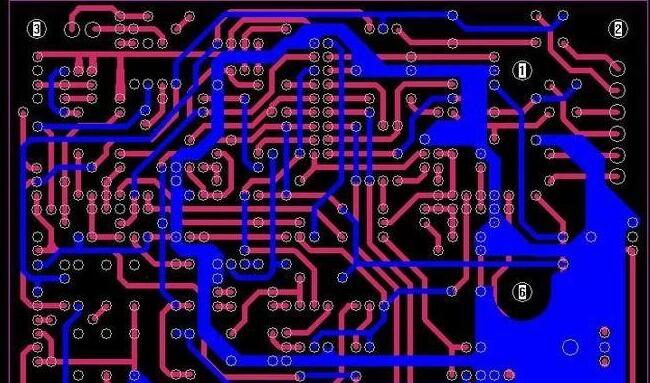Short circuit of PCB circuit board is a very common problem in circuit board production. There are usually two cases of short circuit, one is that the PCB board has reached a certain service life. The second situation is that the production inspection of the PCB circuit board is not in place. However, these small errors in the production circuit board may cause the components to burn out, and the entire PCB board is very harmful and may cause scrap. Therefore, it is very important to inspect and control it during the production process. So, what are the common types of PCB circuit boards? What should be paid attention to in the short circuit inspection of PCB circuit board?
One, common circuit board short circuit types:
1. Short circuit can be divided into short circuit by function: welding short circuit (such as tin), PCB circuit board short circuit (such as residual copper, hole bias, etc.), internal micro short circuit of the circuit board, device short circuit, assembly short circuit, ESD / EOS breakdown, electrical Chemical short circuits (such as chemical residues, electrochemical migration), other causes of short circuits.

2. Short circuit can be divided into line-to-line short-circuit, line-to-line (layer) short-circuit, and face-to-face (layer-to-layer) short-circuit according to wiring characteristics.
Second, the circuit board short circuit inspection needs to pay attention to these points:
1. When the computer opens the PCB board design, the short-circuit network lights up, and it is the easiest to connect one piece by looking at where it is close. Pay special attention to the short circuit inside the IC.
2. If it is manual welding, develop good living habits:
(1) Before soldering, check the PCB circuit board visually, and check whether the key circuits (especially the power supply and the ground wire) are short-circuited with an electric meter.
(2) Do not throw iron when soldering. If solder is soldered to the solder feet on the chip (especially the composition of the surface paste), it will not be easy to find.
(3) Use a multimeter to short-circuit the power supply and ground each time the chip is soldered.
3. It is found that there is a short circuit. Take a board and cut off the wires (especially suitable for single/double boards). After cutting the wires, power up each part of the functional block and gradually eliminate it.
4. Use a short-circuit location analyzer. Common: Singapore PROTEQCB2000 short-circuit tracker, Hong Kong Smart Technology QT50 short-circuit tracker, British POLARtone Ohm950 multi-layer board short-circuit detector.
5. Check the method of increasing the current: use low voltage and high current, below 5V, 3-5A high current, generally speaking, the heating part is short-circuited. However, the risk of doing so is low and it is usually not used.
6. If there is a BGA chip, because all the solder joints cannot be seen through the chip coverage, and it is a PCB multi-layer board (above 4 layers), it is best to split the power supply of each chip in the design and use magnetic beads Or 0 ohm resistance connection, short-circuit the power supply and ground, disconnect the magnetic bead detection, it is easy to find the chip. Due to the difficulty of BGA soldering, if the machine does not automatically solder, you need to pay attention to the short circuit of the adjacent power supply and grounding two solder balls.
7. Be careful when welding the capacitor after the small size meter, especially the power supply filter capacitor (103 or 104), which is large in number, and it is easy to cause a short circuit between the power supply and the ground wire. Of course, sometimes bad luck can short-circuit the capacitor itself, so the best way is to test the capacitor before soldering.